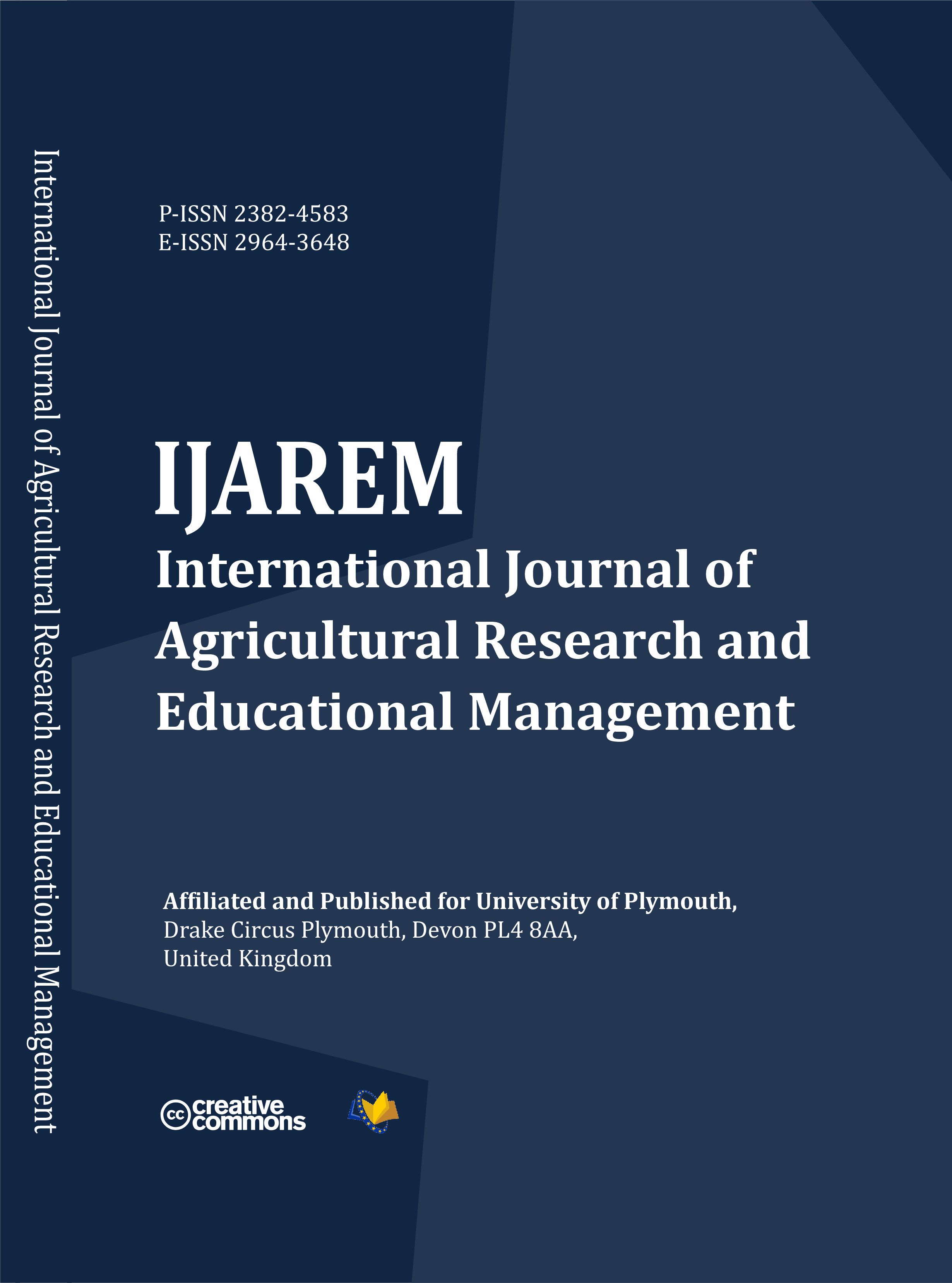International Journal of Agricultural Research and Educational Management (IJAREM)
Investigation of DNA Damage after Freezing and Thawing of Functional Rainbow Trout (Oncorhynchus mykiss) Sperm
E-ISSN: 2964-3648
P-ISSN: 2382-4583
DOI: https://iigdpublishers.com/article/784
During thawing and freezing of the sperm cell, the DNA structure may be damaged at different levels due to various internal and external reasons. In this study, DNA damage after freezing and thawing of functional masculinized rainbow trout (Oncorhynchus mykiss) semen was examined. Freezing was carried out using different dilution rates (1/3, 1/6, 1/9) and different doses of 1mM, 2mM and 4mM Ascorbic acid (antioxidant). In order to detect these damages that may be seen in the sperm DNA after the thawing process, the Comet assay method was used. The results showed that the group using 1/9 dilution ratio and 4mM antioxidant dose gave the best results in terms of DNA damage. In this study, we tried to determine possible DNA damage after cryopreservation of functional rainbow trout sperm.
Mustafa Doğan
Abou-Shaara, H. F. (2024). The response of heat shock proteins in honey bees to abiotic and biotic stressors. Journal of Thermal Biology, 103784.
Agarwal, A., Saleh, R. A., & Bedaiwy, M. A. (2003). Role of reactive oxygen species in the pathophysiology of human reproduction. Fertility and sterility, 79(4), 829-843.
Aksoy, M., & Çiftci, Y. (2023). Sperm cryopreservation in rainbow trout (Oncorhynchus mykiss): Effects of cryoprotectants on post-thaw viability and DNA integrity. Aquaculture Research, 54(5), 1023-1032. https://doi.org/10.1111/are.15678
Benson, E., Watson, P. F., Holt, W. V., & Kleinhans, F. W. (2012). The cryobiology of animal reproduction: Applications and implications. Reproduction, 144(4), 527-536.
Brown, D., Jones, S., & Smith, R. (2022). Advances in fish sperm cryopreservation: Cryoprotectants, protocols, and future perspectives. Journal of Applied Ichthyology, 38(8), 1347-1356. https://doi.org/10.1002/jai.14950
